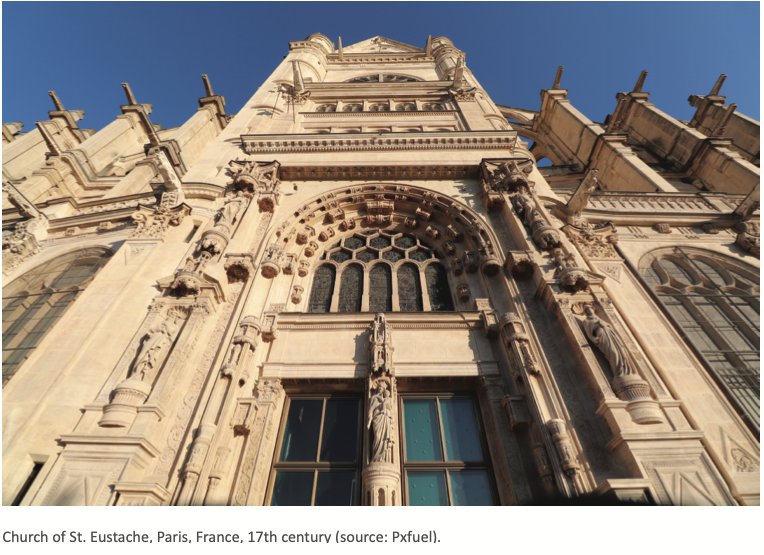
Is religious architecture in a state of decline? It may depend on which architectural authority one is consulting, writes John L. Allen. In an article originally appearing on the Catholic website Crux, and reprinted in Christian News (September 6), Allen reports that a recent survey of the 25 most significant architectural works of the postwar era had scant religious representation. Citing the New York Times “Style” supplement, he finds that of the 25 structures selected, only two had any connections to religious faith: the Bait Ur Rouf Mosque in Dhaka, Bangladesh, and the Sainte Marie de la Tourette Dominican monastery in Éveux, France. He adds that in 2019, Italian architecture historian Maria Antonietta Crippa published her own survey of significant buildings of the last 40 years in the magazine Décor, and while it showed little overlap with the New York Times rundown of important buildings, it too found only a small proportion of religious structures—4 out of 40, or 10 percent. These appraisals stand in contrast to a 2017 survey in Architectural Digest (AD), which included 23 religious structures out of a total of 50 of the most iconic buildings from around the world.

But these 23 religious buildings were all built prior to the 20th century. Allen writes that across time nearly half of the “greatest architectural achievements of humanity, as designated by AD, have been inspired by religious faith. Over the last seventy years, according to the panel assembled by the Style section, that percentage has dropped to eight.” He speculates that Christianity and other religions entered a period of defensiveness against secularism in the 1970s, and that such a posture, even if necessary to protect religious tradition, “has taken a toll in terms of religion’s capacity to be bold, to take risks, to express itself with confidence and to imagine new forms, not only in architecture but in all realms of culture.”